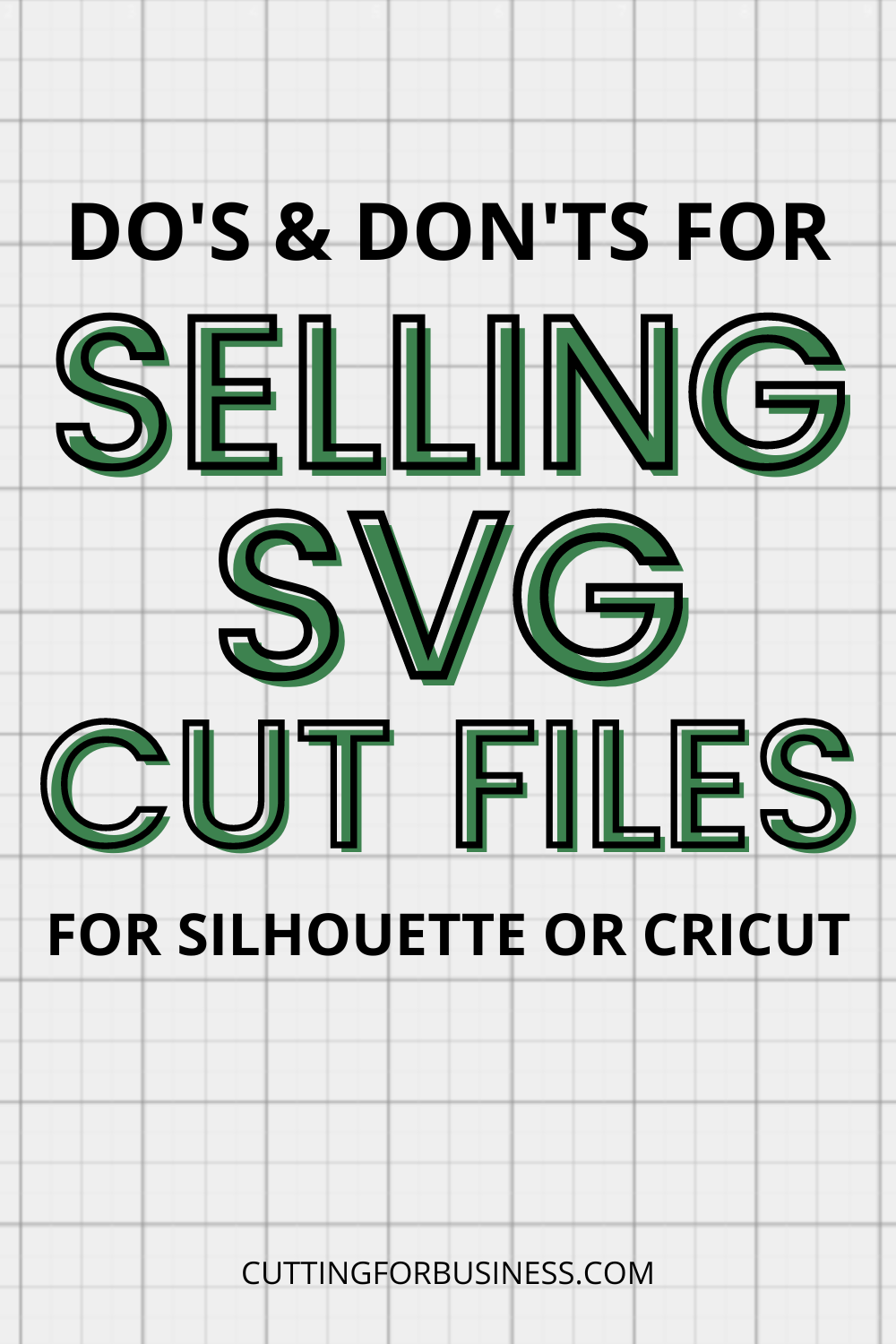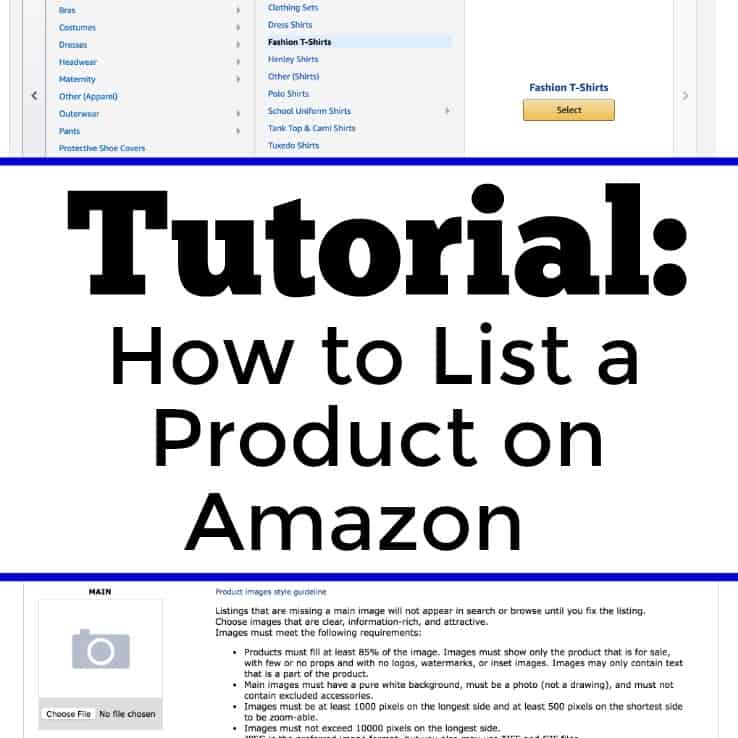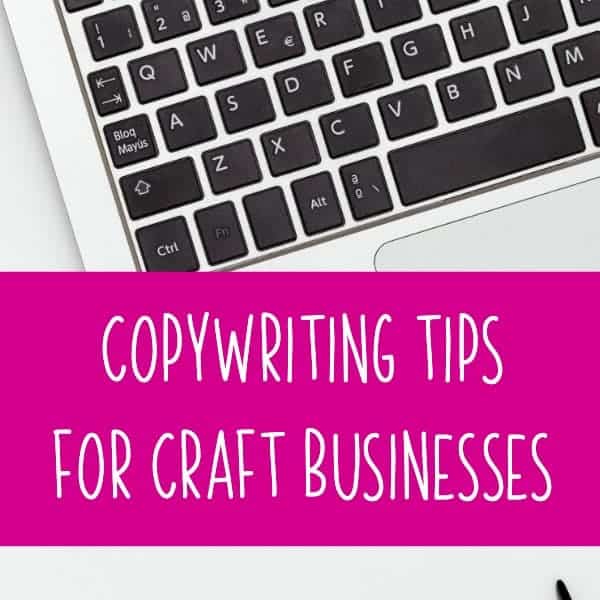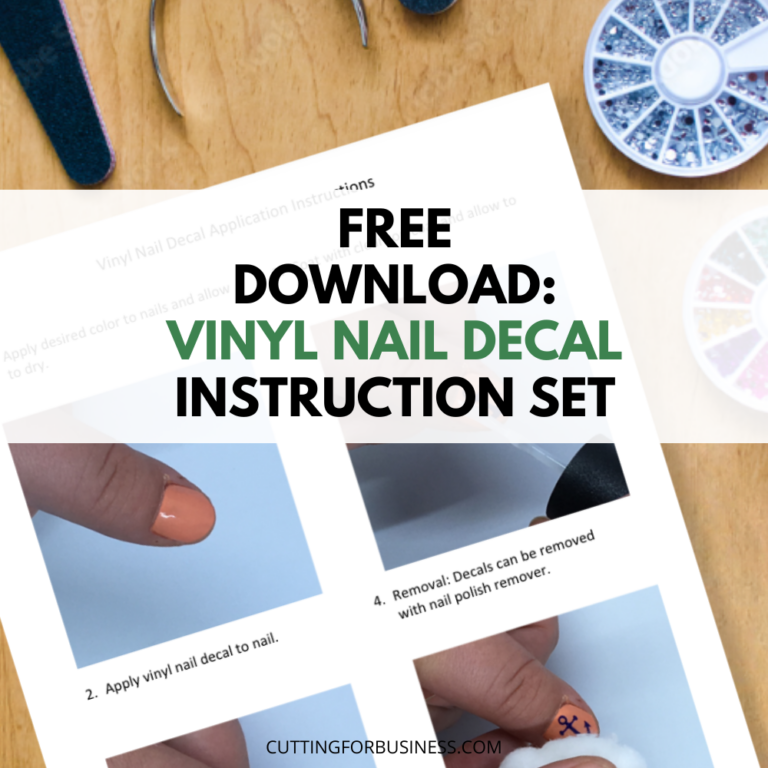15 Do’s and Don’ts for Selling SVG Cut Files for Silhouette or Cricut
Affiliate Disclosure: As an Amazon Associate I earn from qualifying purchases. Additionally, I may get commissions for purchases made through other affiliate links in this post.
If you are not interested in making and selling physical products with your Silhouette or Cricut, you could sell digital cut files.
If you are creative enough to make high quality designs for others, there’s always a need for original cut files. And, selling SVG cut files is a great way to set up passive income (this is income that you make when you aren’t actively online, like while you are sleeping!).
Today, let’s look at some of the things you should know before you set out to sell cut files.
Table of Contents

Do’s and Don’ts for Selling SVG Cut Files
DO’s for Selling SVG Cut Files
- Create your cut files from scratch. This ensures that your design is unique from all others – and eliminates potential trademark and copyright infringements.
- If you are using phrases, be sure to check the US Trademark Database to be sure the phrase isn’t trademarked. However, in some cases, you can sell trademarked phrases in your cut files. For example, if you look up a trademark registration and it states that the trademark is only protected for use on tee shirts, you can make and sell a cut file to be used on other goods.
- Price your cut file accurately. Remember that you will only create the design once and (hopefully) sell it multiple times. The going rate for SVG cut files is between $1 and $5.
- Include a license with your file. Make sure you let other crafters know if it is okay for personal, commercial, or limited commercial use. If you need help deciding, read this post about licenses.
- Remind buyers that their license does not allow them to sell/trade/gift the file.
- Test your file by cutting it on your Silhouette or Cricut machine before you sell it.
- Watermark your images. You do not want non-buyers to simply trace your design and use it without paying for it.
- Offer your cut files for instant download. When customers don’t have to wait, they are more likely to purchase.
- Offer your designs in several formats. It is standard to include a .png, an .svg, and a .dxf file at minimum. While I have this listed as a DO, you may notice that here on Cutting for Business, I only offer SVG files. I’d guess that over the years, for every 1000 downloads someone asks me if I can send them in another format. I usually suggest they use a converter and convert the file themselves. Not offering all formats cuts down on my design time. However, I may be missing out on shoppers looking for formats I do not offer. I’ll leave this decision to you – but know that your competition offers files in various formats.
DON’Ts for Selling SVG Cut Files
- Trace images/clipart from the internet and sell it.
- Don’t make changes to a file you have purchased and sell it as your own.
- Don’t use portions of images/cliparts in your cut file without checking the file license.
- Don’t use fonts in your design that you don’t have a commercial license for.
- Don’t use trademarked or copyrighted material in your cut file – this includes popular cartoon characters, company logos, and other copyrighted/trademarked materials.
- Don’t sell .studio or .studio3 files. These are proprietary file formats exclusive to Silhouette and cannot be sold.
How Do You Sell in the Cricut Design Store?
If you’d like to sell your designs through the Cricut Design Store, you’ll want to become a contributing artist. When filling out the application, you’ll need to submit three original designs.
How Do You Sell in the Silhouette Design Store?
If you would like to sell your designs through the Silhouette Design Store, you can view information about becoming a contributing artist. Similar to the Cricut contributing artist application, you’ll need to submit five original designs on the application.
Additional Marketplaces to Sell SVG Designs
There are several other marketplaces outside of the Cricut and Silhouette Design stores that you may want to join. Here are the links you’ll want to visit:
- Etsy. Information about opening a shop.
- Design Bundles: Information about opening a store.
- Creative Fabrica: Information about selling.
- Creative Market: Information about opening a shop.
- So Fontsy: Information about opening a shop.
- Design Cuts: Information about opening a store.
- The Hungry Jpeg: Information about opening a store.
While it is free to open a store or shop on most of the above sites, many of them keep a percentage of your sales.
Looking for other ways to make money in the craft world without making and selling products? I’ve got an article with eight more ideas to make money without selling handmade products.
Since 2015, Christine Schinagl has been helping crafters start and run craft businesses through her blog, Cutting for Business. As a Silhouette and Cricut crafter herself, she has a unique take on what works and what doesn’t work in the craft business world. She also enjoys teaching other crafters how to create digital SVG designs, available through the Design with Me series.





